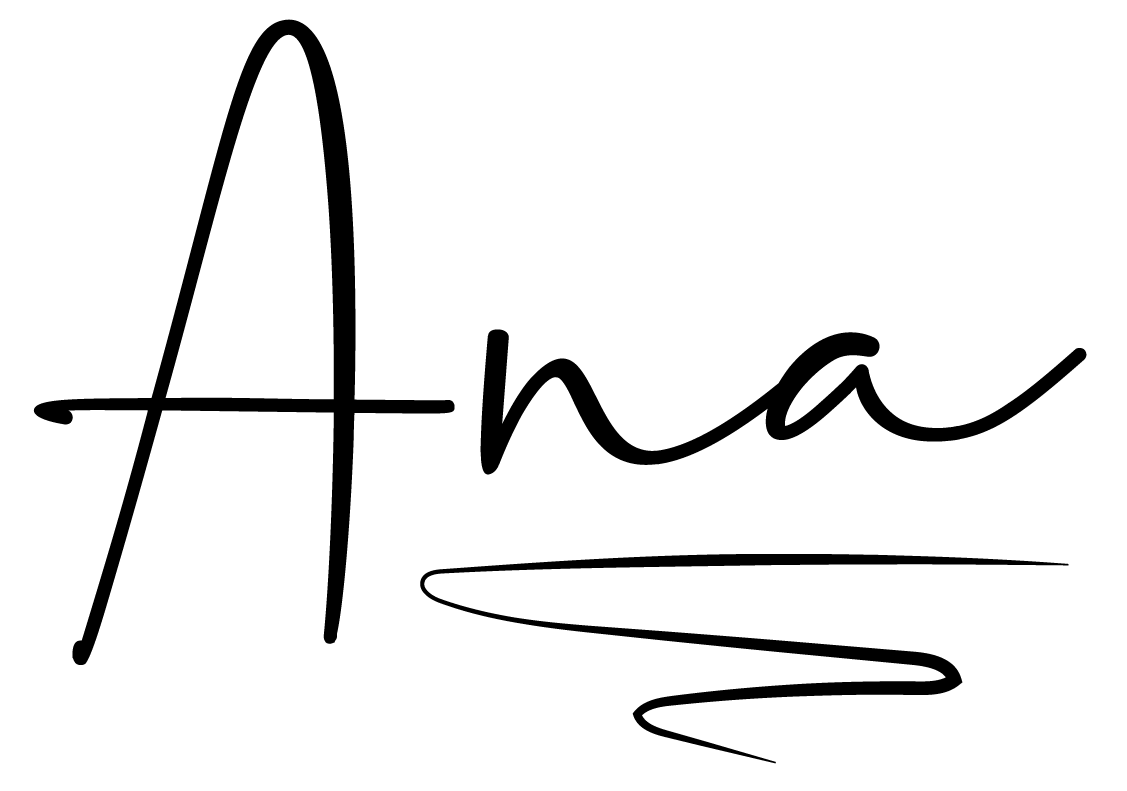What are the Centers in Human Design?
Where you’re here to influence and where you’re an empath
Human Design is a complex system that tells you so much about who you came here to be and how to thrive in life, relationships, and career. Based on your birth information, the Human Design chart (called a bodygraph) has nine energy centers.
These centers tell us where our energy is most reliable, where we have the most impact on others, where we’re most vulnerable to the influence of others, where we’re here to learn lessons, and even how we can best market ourselves.
The centers are based on the chakra system. For those familiar with chakras, you’ll notice that instead of the traditional seven, there are nine chakra-like energy centers on the bodygraph represented by the triangles and squares below.
Look up your bodygraph chart here for free.
When a center is colored in, it’s called defined. When a center is white, it’s undefined or open. Each center governs certain aspects of your life.
The head center (also called the crown center) is the seat of inspiration and ideas.
The ajna center (also called the mind center) is the seat of thoughts, concepts, and opinions.
The throat center is the seat of communication, expression, and manifestation.
The G center (also called the identity center) is the seat of the self, identity, purpose, love, and direction.
The heart center (also called the ego center) is the seat of willpower, motivation, self-worth, and self-esteem.
The solar plexus center (also called the emotional center) is the seat of emotions.
The spleen center is the seat of survival instinct, intuition, and fears.
The sacral center is the seat of vitality, creativity, desire, and life-force energy.
The root center is the seat of pressure, drive, and stress.
Defined centers
Your defined centers are where you’re designed to influence others.
Wherever you have definition in your chart (the parts that are colored in) is where your energy is most consistent and where you feel the most you. These are the strengths that you project out into the world.
For example, if you have a defined throat center your words are impactful. Your voice is recognizable and distinctly yours. Your strong expression inspires others and you may find people talk more in your presence.
Undefined or open centers
Your undefined or open centers are where you’re designed to be empathic.
Wherever you have whiteness in your chart is where you are most sensitive to the energies of others and where you’re more vulnerable to their influence. You may also find your energy isn’t consistent in these areas.
For example, if you have a white solar plexus (emotional) center, you’re sensitive to the emotions of those around you. Not only can you feel other people’s emotions strongly, but you may also mistake them as your own and/or amplify them.
Note: This emotional sensitivity is classically what people consider to be an empath, but in Human Design we’re all empaths wherever our centers are white.
Potential for wisdom
While having an undefined or open center sounds negative, it’s actually where we have the potential to be the wisest! By learning the lesson of the center, through a process called “deconditioning,” you gain wisdom.
Deconditioning means letting go of energy that is not yours.
For example, someone with a white solar plexus (emotional) center can have high emotional intelligence once they learn to observe the emotions of others rather than absorb them.
Marketing opportunities
While this may sound counterintuitive, the best place to market yourself is from your undefined or open centers, not your defined ones. This is because the undefined centers are the seat of our greatest wisdom, once we’ve mastered their challenges and learned their lessons.
For example, if you have an undefined or open heart (ego) center, offer services or products that help people improve their lives or build their self-esteem. If you have an undefined or open sacral center, offer self-care products or support for people in finding a healthy work-life balance.
The centers in Human Design show us where our energy is impacting others and where we are impacted by others. This self-knowledge can help us step more into our true selves and let go of what is not ours.
☼
To learn more about your unique Human Design, book a 1:1 reading with me. I help people make better love, career, and life decisions for themselves.


